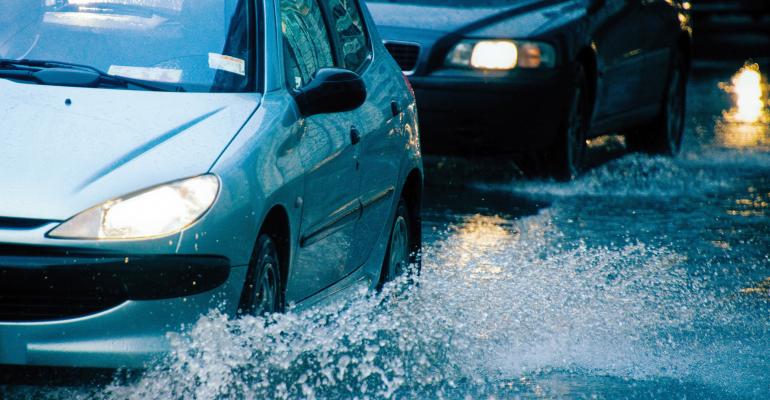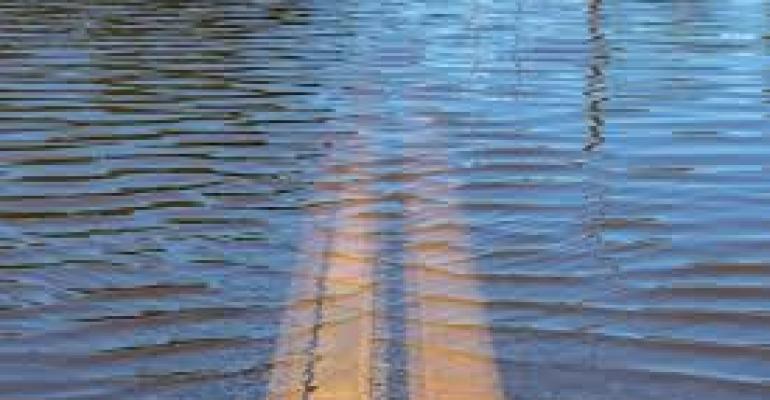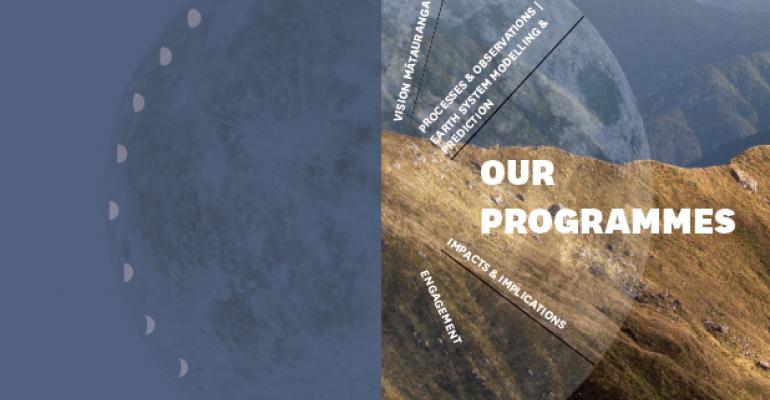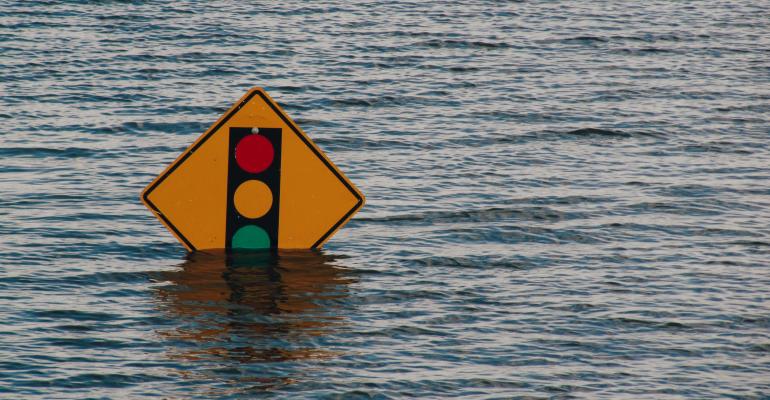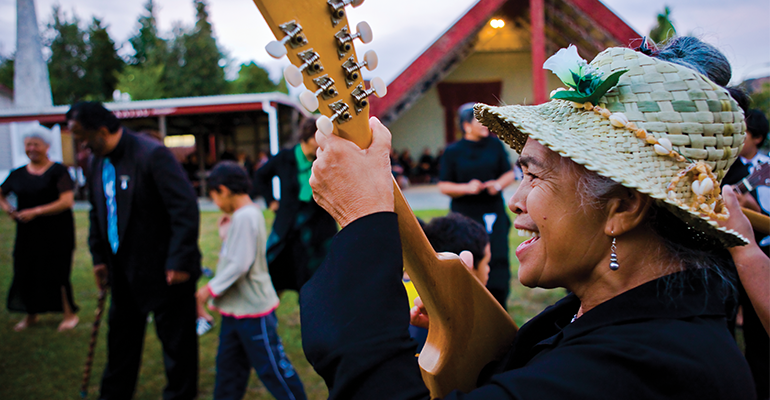Susan Livengood is the Partnerships Director of the Deep South Challenge, and works within the Engagement programme – which tries to connect what’s happening in every programme of the challenge with both the broader public and with targeted individuals and organisations throughout New Zealand’s public and private sectors.
Susan is responsible for building and maintaining one-on-one relationships that will ultimately enable decision makers to factor climate change into their planning and decision making.
If you ask Susan what she does all day, she’ll humbly tell you that she drinks a lot of coffee with a lot of people. But, in fact, over the past year, Susan has been building a comprehensive network – people with passion and clout, who can and will help New Zealand adapt to a changing climate.
It seems unusual that a predominantly “science” organisation – the Deep South Challenge – places so much emphasis on two-way engagement with stakeholders and end users that it funds a specific role to build these relationships. But, in fact, one of the primary aims of all the National Science Challenges is to connect science with society, to gain real traction on some of the most pressing (and most intractable) issues of our time – issues like climate change.
To get a better sense of what Susan does, and how the relationships she helps build benefit both our challenge and, hopefully, our “end users” (those we hope will “use” the research we “produce”), it might be helpful to look at her work through the lens of a specific issue – New Zealand’s water infrastructure, for example. For while it’s oxymoronic to note the importance of water for a well-functioning society, water infrastructure is also something most New Zealanders tend not to think very much about.
In the main, water infrastructure is out of sight – quite literally buried – and is therefore sometimes taken for granted. Yet a lot of that existing infrastructure was built last century, and it’s not entirely clear how it will cope with the “new normal” – sea level rise, for example, or flooding due to extreme weather events.
“Water in New Zealand is really interesting,” says Susan. “There’s not the same central government oversight of water, as there is for example in the primary industries, where MPI works with agriculture, horticulture, aquaculture, etc.” In general, local government develops and maintains water infrastructure, and they also have the statutory responsibility to plan for climate change, under the Resource Management Act.
“But we’re a small team,” continues Susan, “so we need to work through industry associations, rather than going, for example, straight to the water engineer at Hauraki District Council.” In the case of water, one key body is the not-for-profit Water New Zealand, “the principal voice for the water sector, focusing on the sustainable management and promotion of the water environment and encompassing the three waters: drinking water, waste and storm water” (WaterNZ website).
“We’ve worked a lot with Water New Zealand,” Susan says, and outlines her initial meetings where she introduced the work of the Deep South Challenge and the broader climate impacts likely to affect water infrastructure. “In these initial bilateral meetings, our aims are four-fold,” she explains. “We provide information on our challenge, so they’re aware of us and know that our research is happening. We try to gauge their motivation – whether they’re factoring climate change into decisions, and if so, what information they’re using, and what information they still need. (We will then feed these needs into our research programme, rather than providing a report which tells them what we think they need to know.) Our third aim is collaboration: we’re looking for future channels through which we can disseminate our science… newsletters, emails, conferences, workshops, the more interactive the better. Finally, we’re sensitive to their level of interest: do they actually want to work with us?” In the case of Water New Zealand, they were very interested, and had already established that climate change posed a risk to the sector and needed to be better understood.
“Next, we contributed scientific expertise on climate change to their water modelling symposium. The Deep South Challenge enabled hydrologist Daniel Collins (NIWA) and Mike Williams, the director of the challenge, to attend the modelling symposium and engage directly with practitioners and their most pressing questions around how our future climate might interact with water management. This was the first time that climate change had been put on the agenda at the modelling symposium.
Susan explains that the inclusion of climate change into the symposium reflects growing interest in the sector. In part, she suggests, this might be because of the Parliamentary Commissioner for the Environment’s reports on sea level rise, and in part it might be because this year and last we’ve had so many floods, and in some cases, our infrastructure has not coped well.
“In heavy rainfall, apart from generalised flooding, storm water can overflow into the waste water network, which can overload the system so you can have sewage spilling out into the streets. In the case of sea level rise, saltwater could block storm water outlets, causing water to back up. There may also be increased pumping may be required, which would have a further impact on cost.”
But while there’s growing awareness that climate change will have a huge impact on water infrastructure, there’s much less certainty about the exact nature of the impact or when it will come. To help address this gap, the Deep South Challenge Impacts and Implications Programme framed a “Deep South Dialogue” – a meeting of industry professionals, scientists and researchers that teased out the most important issues and framed them as research questions. Researchers will now be invited to carry out work on these very questions.
The “Storm water & Wastewater Infrastructure Dialogue” was held over two all-day meetings in May/June of this year, and the dialogue discussion document is due out at the end of this month. Participants in the dialogue included people from Water NZ, the Ministry for the Environment, industry, councils, a couple of NIWA scientists, and environmental and consultants like Tonkin + Taylor.
Once the report is released, and having done the spade work (establishing the relationships with key end users), Susan will go back again and brief the organisations involved and also those who weren’t involved. “In this case, we’ll brief organisations such as Local Government New Zealand, the Ministry for the Environment, Treasury, IPENZ (Engineers NZ), Infrastructure NZ, the New Zealand Planning Institute, the Society of Local Government Managers, and the Insurance Council, as insurance companies deal with the implications of storm water flooding people’s homes.”
The research that happens as a direct result of Susan’s relationship building and the Deep South Dialogues, will fill gaps in both the physical and social sciences, investigating the environmental, economic, cultural or legal impacts and implications of our changing climate on the water sector.
“Finally,” Susan says, “as the research itself gets done, it will be a matter of staying in touch with our end users, sharing our early results, and again once the research is complete, through more meetings, briefings, press releases, etc. It’s a matter of having useful information to feed relationships and also putting people in touch with others who are working on similar issues in different parts of New Zealand.”
It’s a resource intensive process, but one that Susan finds rewarding. “What’s really cool is you’re creating a community of clever people who are interested, and you’re helping to grow their knowledge around climate impacts. We’re responding to previous research that found that, in the case of climate change, ‘siloed’ decision making has been a big problem. So we’re trying to break down barriers. We’re also working at a fairly high level, because research has also found that there’s a lack of leadership in both the public and private sectors on climate change impacts, implications and adaptation.”
To foster such leadership, Susan also acknowledges that there needs to be a louder public conversation about the significance of climate change for ordinary New Zealanders. She relates a meeting with a local government representative who described the difficulty of having local conversations with communities about coastal impacts when a similar conversation was not happening nationally.
“Finally,” Susan adds, “the technical director of Water New Zealand, Noel Roberts, is also on our Representative User Group, a body which helps guide the overall strategy of the Deep South Challenge. “In this way,” Susan says, “end users have many opportunities to influence the direction of the challenge. Once you have the relationships,” she continues, “all sorts of things can happen.”
To give the last work on this particular relationship to Water New Zealand, Noel Roberts himself says:
“It’s a challenge connecting the science and research with industry knowledge and requirements. Often the two areas of expertise don’t overlap and as such there are lost opportunities that would greater benefit the tax and rate payers who are ultimately funding these issues. When it comes to research and innovation, 1+1 can equal 3, and no single sector has the monopoly on bright ideas. The engagement programme and dialogue sessions for the Deep South Challenge is one of the few exceptions and it’s refreshing to have CRIs, Universities and the industry in sync and working towards a common problem. This could well be a model to adopt for future New Zealand challenges and issues.”
